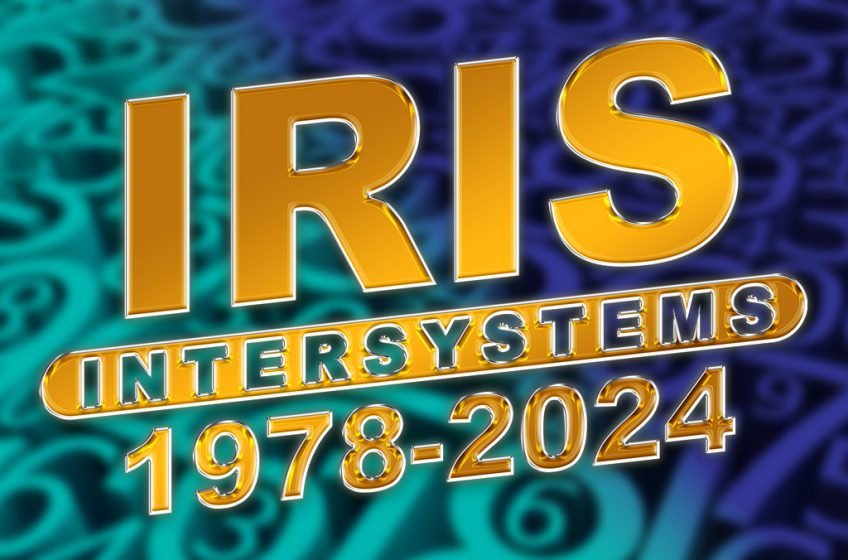Being an IT analyst is never dull. While keeping up with, and commenting on technology changes, you have to be prepared to be challenged and surprised from time to time. Recently that has definitely been the case. Challenged, because I have had to get to grips with how data has become the critical, most important driver of change in business and how it is impacting the underpinning IT infrastructure that is my main area of research. Surprised, by a vendor that has been around since 1978, with current revenues in excess of $1 billion, who’s historical product set (I hate the term legacy) has evolved into a genuinely innovative and powerful data management platform.
That vendor is InterSystems. At Bloor, our data analysts know InterSystems well, and rate their products and solutions highly. I have got to know them in the last year because of their vertical market solutions that mirror my own vertical market experiences. But in general, InterSystems has flown under the radar for most of its life and, by their own admission, it is the “best kept secret in the business”. To be fair, they are trying to change that. And, to that end, last week I attended a day-long session for IT analysts at their UK head office in Windsor.
InterSystems’ flagship product is IRIS, an integrated data management platform. There is a highly performant database at its core that has, for many years, been powering high volume, high frequency financial trading systems, and large swathes of complex hospital management and medical research requirements around the globe, to name but two verticals.
But for me, IRIS’s real differentiation lies in what InterSystems calls, its Smart Data Fabric. I am indebted to my Bloor colleague, David Norfolk for this insight following a visit to an InterSytems Customer Summit in 2022. He wrote,
I am still very impressed by the technology. It is one of very few DBMSs that completely abstracts the logical data models (note the plural – the relational model is only one option) from the underlying storage mechanism (sparse bit maps).”
For more, you can read his full report here
But why is this important? The days of running on one type of database architecture, usually SQL based, is long gone. As real-time monitoring, growing market eco-systems and AI have grown in importance most large enterprises have multiple different types of databases, from time-series, to graph, to vector, to object stores, each creating their own silos. Trying to keep data warehouses and data lakes up to date in a very fast-moving business environment is very difficult and presents real challenges when only real-time, or very near real-time data for analytics from multiple sources will do. But that is exactly what the Smart Data Fabric facilitates. For a primer on what a data fabric is, how it is fundamentally different to a data warehouse or data lake, and why it is important read this data-fabric market update report from another Bloor colleague, Andy Hayler.
Too many platforms, and not just data platforms, are no more than a very loose collection of disparate tools that the customer has to stitch together. IRIS has a series of tools, APIs and templates integrated into the platform that enable developers, data scientists and business users to develop at pace with tools they know and love, integrate data easily and gain business related insights simply and quickly. Additionally, InterSystems has been adding vertical market solutions into the platform such as Supply Chain Orchestrator in supply chain, TotalView For Asset Management in financial services and HealthShare in healthcare that build on the database and the Smart Data Fabric.
Finally, it is worth noting that IRIS is available in all flavours across the Cloud, hybrid, and on premises spectrum. There is a self-managed option where you pick the cloud and operate InterSystems software on it. There are managed instances where logical infrastructure is managed for you by InterSystems. Finally, there is a fully managed cloud service run out of InterSystems own datacentres._
Towards the end of the analyst day in Windsor, there was a Q&A session that put all the presenters on the stage to answer questions from the floor. Now, InterSystems is a very product led organisation, and is one of the key reasons that they remain largely unknown outside their core markets. This isn’t always good news for some vendors who have had technically excellent products, but ignored market trends and effective market segmentation, to their ultimate detriment. There was certainly a view from the panel that IRIS was suitable for everyone across both database transactions and analytics. This prompted one senior data analyst and commentator in the audience to challenge that view. It could only be really good at one or the other, in his opinion. At that point Scott Gnau, InterSystems Head of Data Platform, who was not up on stage in the panel, spoke up from just behind us. Very quietly he insisted that indeed, IRIS was equally good in transaction processing and analytics and that he would be happy to engage further to prove the point._
Coming away from the event, I was struck by the quiet confidence and determination Scott had displayed. I decided to spend some time digging into the user stories and on various community sites to see if that confidence was warranted. I have to say, I have come away from that exercise agreeing with Scott. If you work for an enterprise with large volumes of transactions, multiple business partners and complex system and data integration issues, you would be well-advised to give InterSystems and IRIS a good look.



